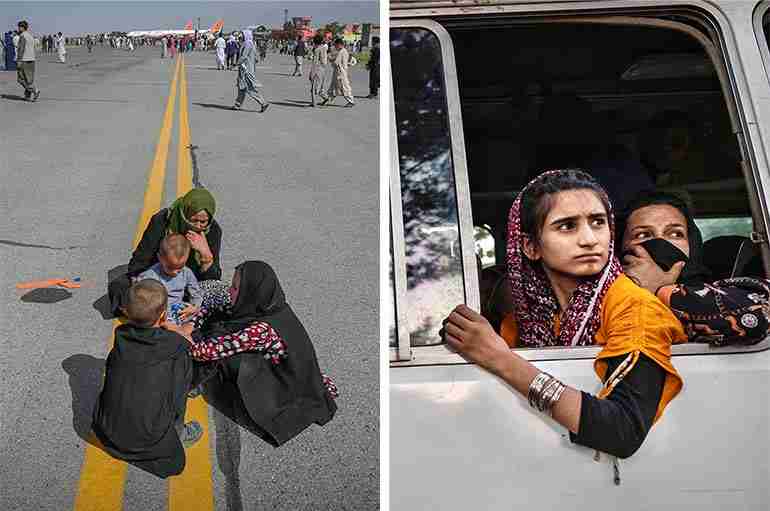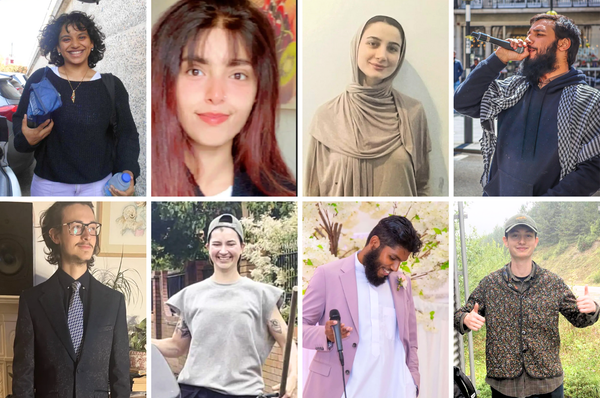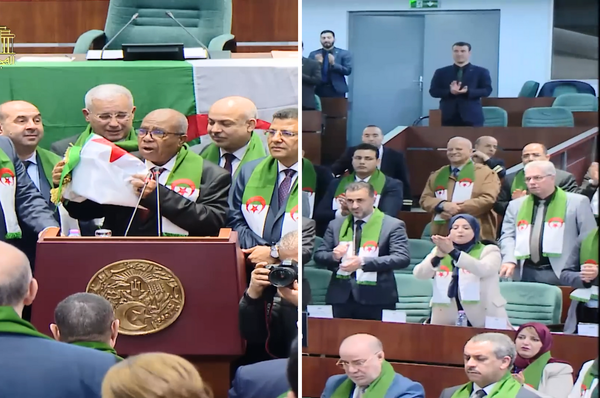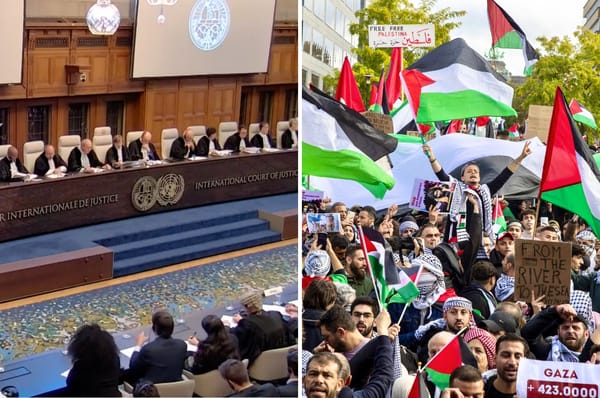Everything You Need To Know About What’s Going On In Afghanistan
A guide to everything that has happened after the US forces’ withdrawal from Afghanistan and the Taliban’s takeover.

A lot has happened after the US forces’ withdrawal from Afghanistan and the Taliban’s takeover in August. Here’s a timeline of significant events.
In a lightning offensive, Taliban insurgents took control of nearly all of Afghanistan in just over a week, entering the capital of Kabul on Sunday Aug. 15, declaring the country was under their control.
The group’s rapid return to power comes despite the US spending almost two decades and hundreds of billions of dollars to build up the Afghan government and its defense forces against the insurgents.
Following news of the capital’s fall to the insurgents, people fearful of a return to previous harsh practices rushed to the airport to try to flee the country.
The country’s president, Ashraf Ghani, had fled earlier in the day and the government collapsed.
Footage emerged on Aug. 15 showing people literally clinging to the sides of planes that were taking off.
At least five people, including the two who fell to their deaths, were killed in the chaos, Reuters reported.
The US Air Force released a photo of some 640 Afghan civilians packed into a US military aircraft evacuating from Kabul.
US authorities said the flight had not intended to take on so many passengers but the crew decided against forcing the panicked Afghans who had pulled themselvse onto the half-open ramp. All the passengers on the flight, including women and children, were safely evacuated.
As the world watched in shock, Nobel Peace Prize winner Malala Yousafzai, who survived a Taliban murder attempt, took to Twitter to voice her concern for the rights of women and minorities in the country.
During its rule, the Taliban enforced a strict interpretation of Sharia, or Islamic law, committing massacres against Afghan civilians, denying hundreds of thousands of starving civilians UN food supplies and carrying out a scorched earth policy of burning fertile land and destroying tens of thousands of homes.
Girls and women were banned from going to school and workplaces and required to be accompanied by a male relative and wear a burqa at all times in public. Women who disobeyed were whipped or executed.
After the takeover, a group of women gathered to protest for women’s rights in front of the Presidential Palace, marking the beginning of a wave of protests by women in the country.
With many voicing concerns that the Taliban would roll back two decades of gains women and ethnic minorities have made while US troops were in the country, the women marched to demand protection of the rights of women in Afghanistan, such as the right to work, the right for education and the right to political participation.
On Tuesday Aug. 17, the Taliban first its held press conference since the takeover and said that it would not be seeking revenge against anyone who had opposed them and that women would have rights “within the limits of Islam”.
The Taliban spokesperson said women would be “very active within our society” and would be allowed to work and study “within the bounds of Islamic law.”
“We assure that there will be no violence against women,” he said, “no prejudice against women will be allowed, but the Islamic values are our framework.”
The same day, Afghan taekwondo athlete, Zakia Khudadadi, who was set to become the country’s first-ever woman competitor in the Paralympic Games in Tokyo released a video calling for international assistance.
In the video, the 23-year-old said she would no longer be allowed to compete and called on the international community for help.
“The fact that we ourselves have lifted ourselves from this situation, that we have achieved so much, it cannot be taken lightly,” she said. “We have gone through a lot of hardships. I don’t want my struggle to be in vain and without any results.”
People around the world, meanwhile, took to the streets to stand in solidarity with the people of Afghanistan, demanding governments take action to protect the rights of women and minorities in Afghanistan and take action to support refugees.
For a quick summary of the history of the Taliban’s takeover, you can also watch this video.
On Thursday Aug. 26, two bombing attacks by ISIS-K rocked Kabul’s airport, killing more than 100 people, including 13 Americans, and leaving dozens more injured.
The Islamic State Khorasan Province (ISIS-K), an Afghan offshoot of ISIS, was founded in 2015 by a Pakistani Taliban member and is “smaller, newer and embraces a more extreme version of Islam than the Taliban,” according to the New York Times. ISIS-K is an enemy of the Taliban and has denounced the Taliban’s takeover of Afghanistan, saying that its interpretation of Islamic rule was “insufficiently hard line,” the New York Times reported.
The uncertainty over the country’s future led girls and women to continue to flee the country, with members of Afghanistan’s all-girls robotics team flying to Qatar and Mexico.
Including the country’s two paralympic athletes, who safely made it to Tokyo and were able to successfully compete in the Games after a major global operation, 12 days after Khudadadi shared her video.
Women continued to protest but were met with violent crackdowns from Taliban fighters.
After a violent protest on Saturday Sep 4., the Taliban spokesperson told the Guardian the group had arrested four men who hit the women protesters and held journalists at gunpoint.
And evidence started emerging of the Taliban’s harsh treatment of women.
The Taliban have denied their involvement in the killing of Banu Negar, a pregnant woman police officer, on Sep. 4, and said they are investigating the incident.
On Sep. 7, the Taliban announced a new interim cabinet comprised of all men and officially declared the country an Islamic Emirate.
This post will continue to be updated.





